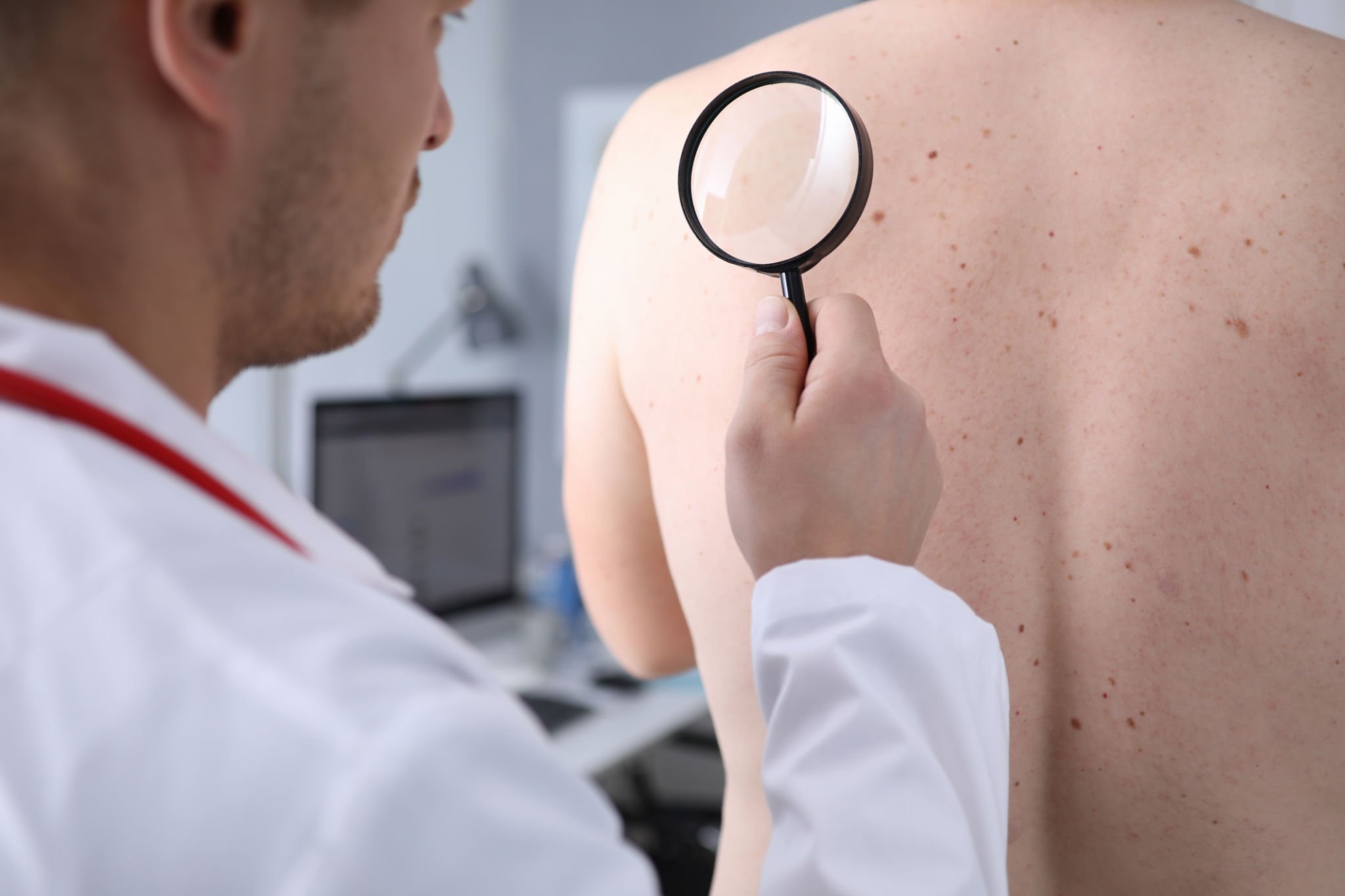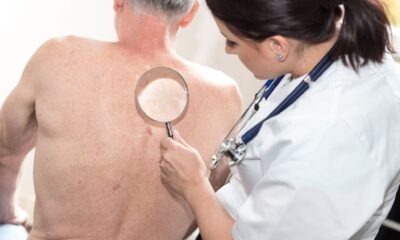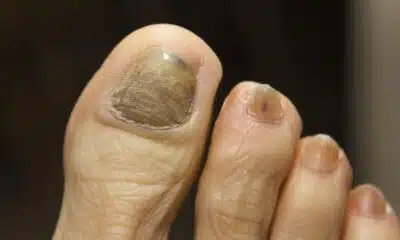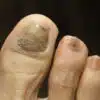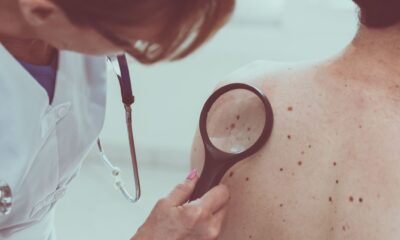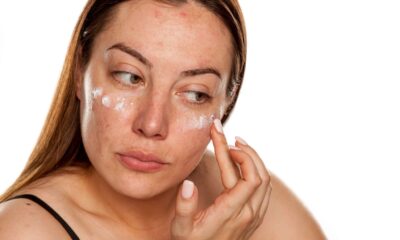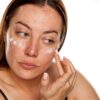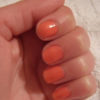HEALTH
Spitz Nevus: Understanding the Skin Lesion
Spitz nevus is a form of skin lesion that can develop anywhere on the body. It is a benign (noncancerous) growth that varies in size and color and can be confused with melanoma, a kind of skin cancer. In this post, we will examine Spitz nevus and the characteristics that distinguish it from other skin lesions.
What is a Spitz Nevus?
Spitz nevus is a form of mole that typically affects children and young adults. It is a pigmented (hued) lesion that can range in size and hue from light brown to dark brown or even black. They are often round or oval in appearance and can arise on the face, arms, legs, and trunk.
How is a Spitz Nevus Different from Other Skin Lesions?
The look of a Spitz nevus distinguishes it from other skin lesions. Spitz nevi have a distinct, dome-shaped look and a consistent tint, unlike normal moles. They may also have an uneven border, making it difficult to differentiate them from melanoma.
What Causes a Spitz Nevus to Develop?
Location is another distinction between Spitz nevi and other skin lesions. While moles can form anywhere on the body, Spitz nevi are most frequently observed on sun-exposed areas, such as the arms and legs.
What are the Symptoms of a Spitz Nevus?
Unknown is the exact cause of Spitz nevus. However, the following factors may enhance the likelihood of acquiring a Spitz nevus:
• Sun exposure • Genetics • Dysfunction of the immune system • Certain drugs or diseases
How is a Spitz Nevus Diagnosed?
Spitz nevi are frequently asymptomatic and are commonly detected as a pigmented, elevated lesion. However, if it is thought that a Spitz nevus is malignant, it may present the following symptoms:
• Rapid expansion • Irregular shape • Variegated pigmentation within the lesion • Itching or bleeding
Are Spitz Nevi Cancerous?
Spitz nevi are not malignant and pose no danger to human health. However, they might be confused with melanoma, a type of skin cancer; consequently, it is crucial to have any moles that appear suspicious checked by a dermatologist.
How are Spitz Nevi Treated?
In most circumstances, Spitz nevi do not require therapy. A dermatologist may recommend removal if the lesion is causing discomfort or if malignancy is suspected. This can be accomplished through excision, curettage, or shave biopsy.
How Can I Prevent Spitz Nevi?
There is no foolproof method to avoid the formation of Spitz nevi. However, you can lower your risk by protecting your skin from excessive sun exposure and avoiding tanning beds. Additionally, it is essential to routinely examine your skin for any new or changing moles, and to get them reviewed by a dermatologist if necessary.
Can a Spitz Nevus Turn into Melanoma?
In few instances, a Spitz nevus can undergo malignant transformation and develop into melanoma. Therefore, it is essential to get suspicious moles checked by a dermatologist.
How Often Should I Get my Spitz Nevi Checked by a Dermatologist?
Once a year, it is advised to have a dermatologist evaluate any new or altering moles. Additionally, if you have a Spitz nevus, you should watch it for any changes and, if necessary, have it checked by a dermatologist.
What Should I Expect During a Dermatologist Appointment for a Spitz Nevus?
During an appointment with a dermatologist for a Spitz nevus, the dermatologist will conduct a physical examination of the lesion. If a worrisome lesion is detected, a biopsy may be conducted. In addition, the dermatologist may discuss any necessary monitoring or treatment alternatives.
Conclusion
Spitz nevi are benign skin lesions that might be confused for melanoma, a kind of skin cancer. It is essential to have any moles that appear suspicious checked by a dermatologist to rule out any potential health risks. There is no foolproof technique to prevent the formation of Spitz nevi, but preserving your skin from excessive sun exposure and periodically examining it for new or changing moles can minimize your risk.




